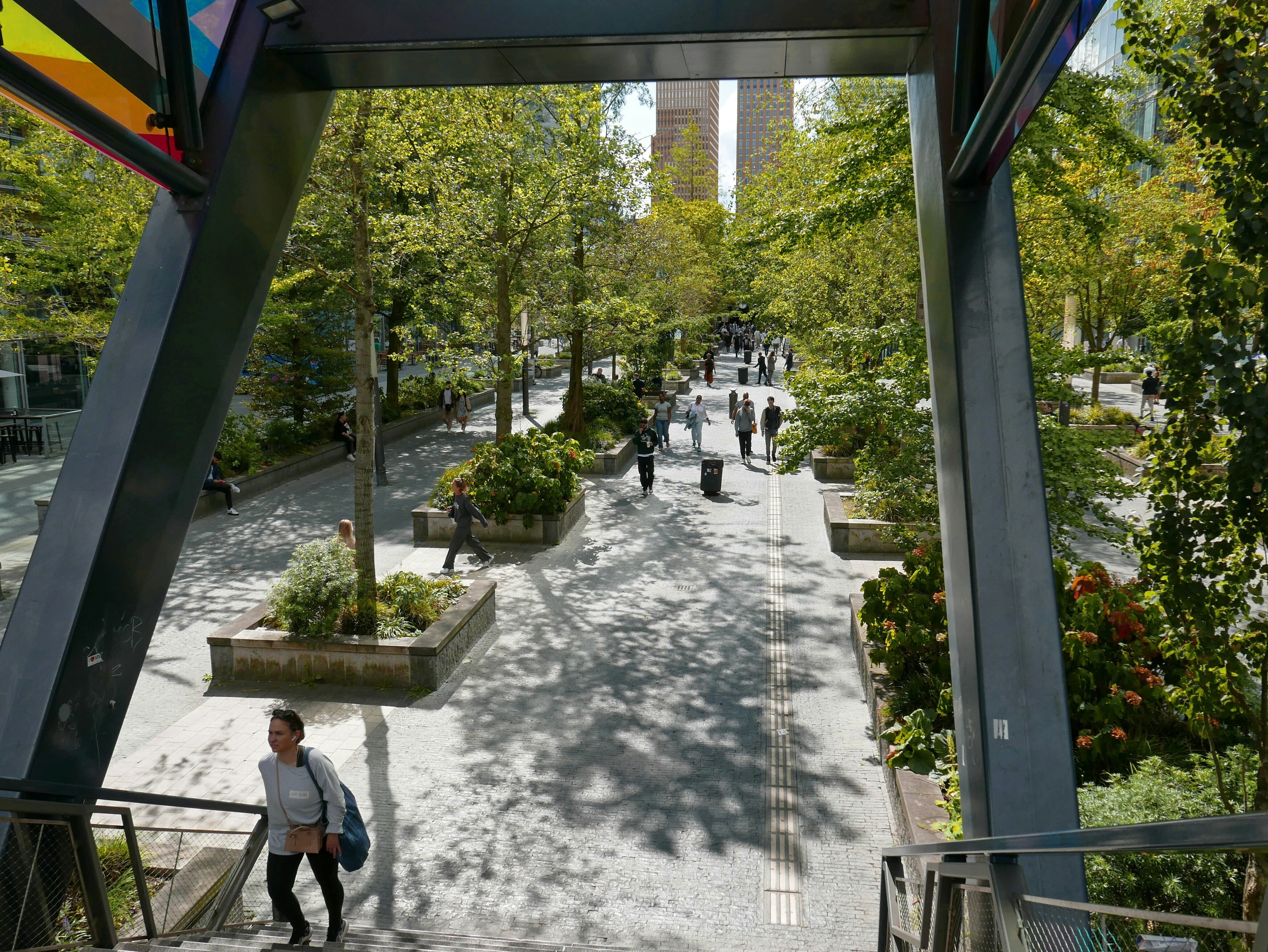Biophilia is the new travel trend – this is why it matters

We must continue our efforts to improve management of nature-based tourism.
Image: Unsplash/Pietro De Grandi
- Nature and the natural world can be important drivers of tourism and travel.
- Tourism is vital to many economies, but sustainability efforts are essential to minimize its impact on the planet.
- Countries’ management of nature-based tourism is improving, but the World Economic Forum's newly released Travel and Tourism Development Index 2023 highlights how more work is needed.
If you have ever enjoyed being outside then you are familiar with biophilia – our innate human tendency to seek connections with nature.
Research suggests that time in nature has a host of health benefits, including lowering blood pressure, improving immune system function and reducing levels of stress hormones.
It's therefore no surprise that this is also one of the most popular ways for 1.3 billion inbound tourists to relax and rejuvenate. Tripadvisor pageviews have become concentrated on a country’s most popular natural and cultural attractions since 2021, the World Economic Forum’s Travel and Tourism Development Index 2024 (TDDI) shows.

The financial picture
Nature tourism – a cornerstone of biophilia – generates more than $600 billion in revenue globally. Wildlife, a major motivator of nature tourism, also supports 22 million jobs around the world, with wildlife tourism generating $142 million in entrance fees for protected areas in Africa alone, according to the report.
Not to mention that $44 trillion of economic value generation – more than half of the world’s total GDP – is moderately or highly dependent on nature.

This is especially felt in less-developed nations that rely heavily on the income and jobs generated by travel. For example, tourism accounts for approximately 8.5% of Africa’s gross domestic product (GDP) – a continent renowned for its nature-based experiences.
The connection between nature, tourism and the economy is set to become even stronger as more people want to travel, especially after the COVID-19 pandemic. The financial footprint of travel and tourism represented 9.1% of global GDP in 2023 – just over $9.9 trillion – and is set to break all records in 2024 at $11.1 trillion.

Mastering the balancing act
The growth in the tourism industry cannot come at the cost of nature and limit our access to biophilic spaces, especially as its footprint grows quickly. By 2033, the GDP of the global travel and tourism sector could grow at nearly double the rate of the broader global economy, the World Travel and Tourism Council says. This would add more than 100 million new jobs.
What is the World Economic Forum doing about nature?
Ensuring our connection to nature is protected means taking quick and effective action to avoid or offset the impact of travel on local resources. The travel and tourism sector uses 5.8% of water and up to 8% of material extraction worldwide, the report says.
Progress is being made. Since 2019, the average Environmental Sustainability pillar scores in the TTDI climbed by 2.7%, with Energy Sustainability rising by 4.6% as the travel and tourism sector embraced low-carbon energy options, like solar. All these changes bode well for our ability to easily interact with nature.
However, the Pollution and Environmental Conditions subpillar has only climbed by +0.5% since the last edition of the TTDI. Slow improvements in cutting air pollution reduction, deforestation mitigation and safeguarding endangered species negatively impact our connection with nature. Almost 7 million people die from combined indoor and outdoor pollution every year and more than 44,000 species are threatened with extinction.
Collaboration is vital to improving this far-reaching balancing act, as illustrated by the Forum’s Nature Action Agenda. This multi-sector movement is catalyzing economic action to halt biodiversity loss by 2030 – a cornerstone of enabling biophilia. It aims to help humans live in harmony with nature by 2050, in line with the Global Biodiversity Framework.
Accept our marketing cookies to access this content.
These cookies are currently disabled in your browser.
Don't miss any update on this topic
Create a free account and access your personalized content collection with our latest publications and analyses.
License and Republishing
World Economic Forum articles may be republished in accordance with the Creative Commons Attribution-NonCommercial-NoDerivatives 4.0 International Public License, and in accordance with our Terms of Use.
The views expressed in this article are those of the author alone and not the World Economic Forum.
Related topics:
Forum Stories newsletter
Bringing you weekly curated insights and analysis on the global issues that matter.
More on Nature and BiodiversitySee all
Jeff Merritt
April 22, 2025
Sarah Franklin and Lindsey Prowse
April 22, 2025
Elizabeth Mills
April 17, 2025
Tom Crowfoot
April 17, 2025
Lindsey Ricker and Hanh Nguyen
April 16, 2025






